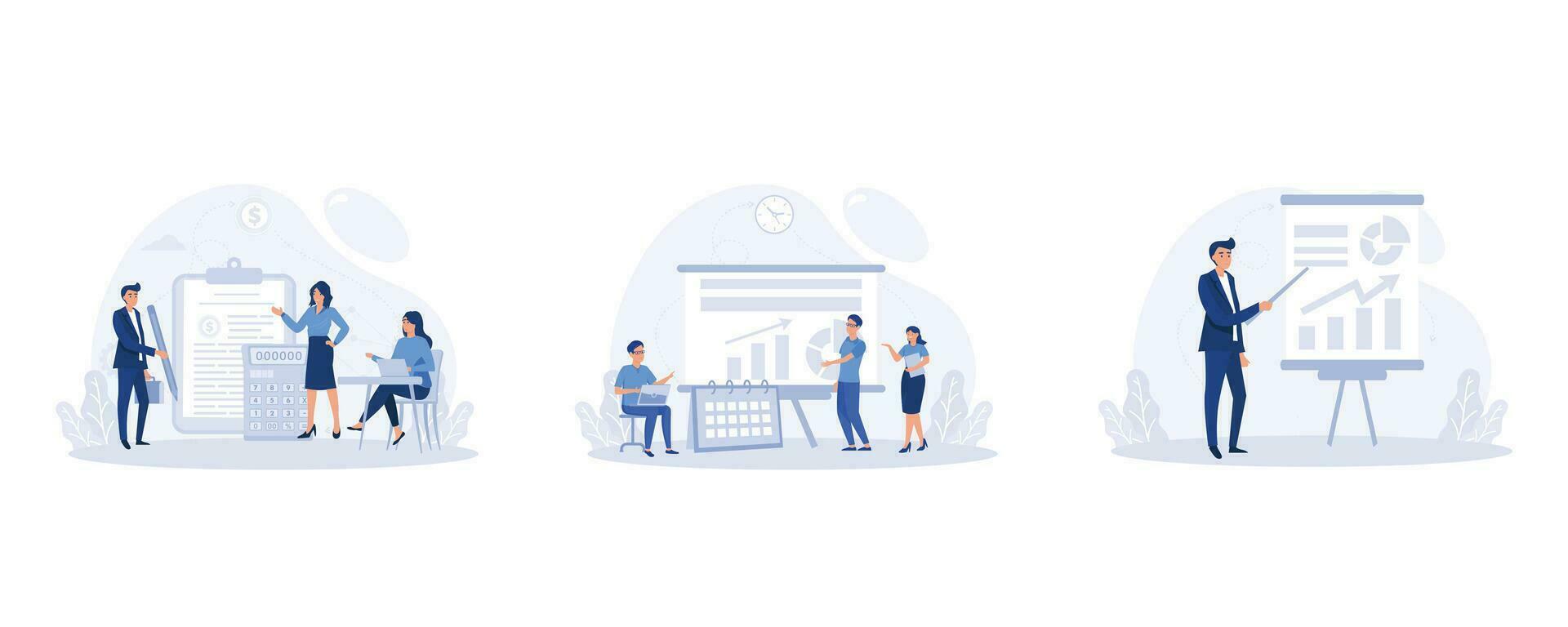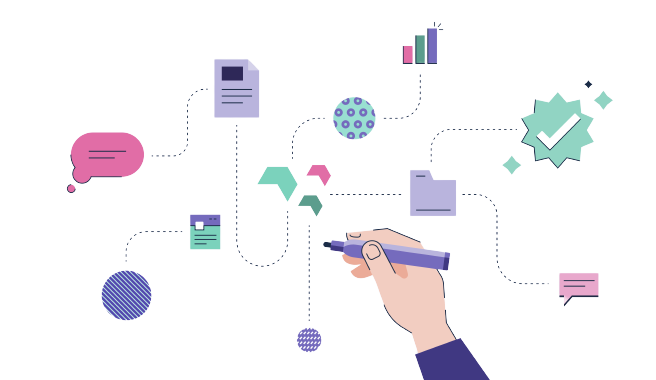
Working Process
KHEVNATECH have a pretty good idea of the various business processes powering their daily operations. However, when they need to ensure that those processes consistently drive optimal outcomes, “a pretty good idea” isn’t enough. our tem Guide to Visualize Success.
At a glance, a business may seem like a bunch of simple tasks combined to achieve a primary goal such as procuring more customers or selling more goods, based on the type of business you run.
However, when you take a closer look, you will understand that there are a number of small yet important processes involving multiple stakeholders that need to work in unison toward a common goal.
The benefits of business process modeling.
Business process modeling is a highly effective technique that offers organizations a broad range of benefits. Some of these benefits include:
- Identifies areas for improvement. The primary use of business process modeling is to provide stakeholders with a better understanding of the way that a process works with an eye towards implementing improvements.
- Transparency. A business process model shows how tasks are expected to be performed, who is accountable for them, and how a process contributes to the achievement of a business objective. This serves an important role in increasing trust and accountability throughout an organization.
- Agility and flexibility. Business objectives and strategies can change in an instant. With business process modeling stakeholders can immediately identify and implement improvements consistent with new objectives.
- Standardization across departments. Many processes in an organization, particularly in larger ones, involve similar steps and tasks. For example, purchase order requests are often submitted at the unit level rather than the enterprise level. Using process models, stakeholders can identify best practices across units to implement efficient procedures throughout the organization.

Our Process.
- Analysis & Prioritization. We guide you through exercises designed to surface your highest-value opportunities. Throughout our engagement, we will continually synthesize user feedback, analytics, and discoveries to define a roadmap of progressive enhancements to ensure we always deliver the highest-value solutions.
- Software Architecture & Engineering. We adhere to The Twelve-Factor App methodology and best practices for building cloud-native applications. Cloud-native software development services break away from the traditional monolithic software model and focus on creating applications that seamlessly scale by natively leveraging cloud environments.
- User-Centered Design. Our design process dives deeper into understanding your business, users, and the problems you are facing. Our designers work with engineers, PMs, and clients from ideation to implementation to ensure a successful outcome. With the user as our primary focus, we identify the intersection of desirable, feasible, and viable interfaces.
- Code Review. We conduct code reviews using our proprietary 4C method, which evaluates code using the super-categories of design (Form and Function) and communication (Objective and Subjective). All code is reviewed for quality assurance before release into production, ensuring a codebase that is secure, easier to debug, inexpensive to maintain, and which will scale with success.
- Automated Testing & Delivery. KHEVNATECH creates automated tests that closely resemble actual user behaviors. These practical and accurate integration tests lead to fewer bugs and regressions and make testing more efficient and reliable. We identify, prioritize, and mitigate issues early, which ensures we are constantly working toward predictable and successful deliveries which can be deployed frequently and with total automation.
KHEVNATECH'S Enabling Philosophy.
Transparency
Our clients are encouraged to attend and participate in daily stand-ups, sprints, and retros. This dynamic fosters true partnerships over a more siloed client-vendor relationship and increases collaboration and creativity. It also ensures iterative evaluation and review as we continuously deliver working software.
Trust
All good teams are built on a foundation of trust. We foster this trust by being transparent and open with one another. This creates a safe environment to raise concerns and objections early on, leading to better solutions and avoiding hidden problems that are more difficult to address.
Focus
Our team comprises full-time employees dedicated to a single client and project at a time. It empowers designers and engineers to fully realize our client’s vision and take pride in their work. It avoids wasteful context switching and burn-out associated with multiple projects.
